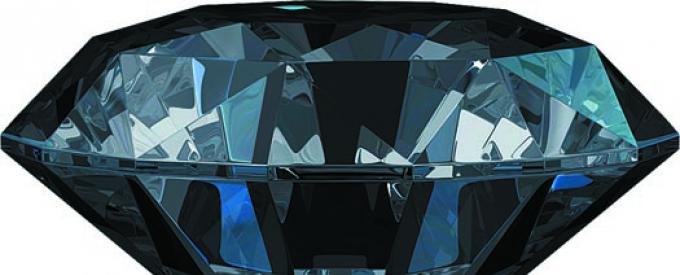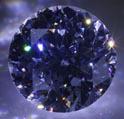What exactly is a Black Diamond?

To the sports-minded, it means the most difficult of ski slopes. To those interested in the more sparkly, it means a rare jewel. Whatever the reference, “black diamond” evokes a sense of mystery, intrigue, and a bit of danger.
Black diamonds, also known as Carbonado, are indeed a bit of a mystery.
Black diamonds aren’t found anywhere where other diamonds are found; they are only in Brazil and the Central African Republic, in locations that have never yielded any other diamonds, and in sedimentary rock that is much younger than the Carbonado within it. They are truly an uncommon treasure.
 Black diamonds are older than most other diamonds found on the planet, being dated somewhere around 3.8 billion years. The mineral content of Carbonado differs from other diamonds in several ways, most notably that it contains hydrogen, an element usually only found in space rocks.
Black diamonds are older than most other diamonds found on the planet, being dated somewhere around 3.8 billion years. The mineral content of Carbonado differs from other diamonds in several ways, most notably that it contains hydrogen, an element usually only found in space rocks.
Carbonado, like white diamonds, also has a Mohs hardness of 10, but unlike white diamonds that will shatter if the struck in the right place or subjected to great pressure, black diamonds can withstand much greater pressure and are nowhere near as brittle.
All of this has led many to speculate that black diamonds were not formed on Earth, but rather arrived by meteor back when the continents were still joined. Quite possibly, truly an “out of this world” diamond!
In the last few years there has been an increase in popularity of black diamond’s in jewelry, especially in men’s rings. Since true black diamonds (Carbonado) are relatively rare, some traditional diamonds are now treated to color them black.
